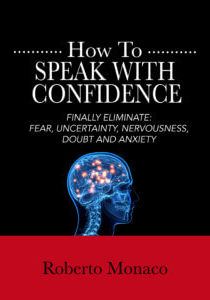Best way to compress info to improve communication
It’s no secret that communication is key to human civilization. In fact, it’s one of the most important aspects of our society.
After all, without communication, we wouldn’t be able to share our ideas, our thoughts, or our feelings with others.
We wouldn’t be able to connect with one another on a deeper level and we’d still be living in caves, grunting at one another instead of having full-blown conversations.
So it’s safe to say that communication is important.
But what exactly is communication? And what are its limitations?
Simply put, communication is the process of exchanging information from one person to another.
The problem with communication is that it’s often limited by the rate of 10 bits per second (Patrick Henry Winston). This may seem like a lot, but when you consider the fact that our senses are taking in about 11 million bits of information every second (Dr. A. K. Pradeep), it’s clear that this 10-bit limitation is a bit of a hindrance.
So how do we overcome this limitation?
By using stories.
Stories are a powerful communication tool because they help us share more information in a shorter amount of time.
There is a concept in communication research called compression, which refers to the ability to communicate a lot of information in a very short period of time.
Stories are the perfect example of compression because they can communicate a lot of information in just a few minutes.
How it works is that the storyteller takes advantage of the listener’s background knowledge to fill in the gaps and make inferences.
How?
By evoking our imagination.
When we hear a story, our brain doesn’t just process the words that are being said, but it also creates mental images of the events that are taking place.
And since our brains can process images 60,000 times faster than text, this allows us to take in a lot more information in a shorter amount of time.
how do stories evoke our imagination?
It all has to do with the way that they are structured.
A well-told story will typically have a beginning, middle, and end.
The beginning of the story will introduce the characters and setting, the middle will progress the story forward, and the end will provide resolution.
This structure is important because it helps our brains to organize the information and make sense of it.
In other words, it helps us to create a mental model of the story.
And once we have this mental model, our imagination can take over and fill in the details.
This is why stories are such a powerful communication tool.
Not only do they help us to share more information in a shorter amount of time, but they also allow us to connect with one another on a deeper level.
So next time you’re trying to communicate something important, don’t just rely on words alone. Use stories to help you evoke imagination and bypass the 10-bit per second limitation.
After all, a picture is worth a thousand words.
Roberto Monaco

Free ebook shows you how to speak with confidence. Get rid of completely or reduce SIGNIFICANTLY your fear of speaking in front of people.

Presentation SEMINAR
Want complete immersion?
Checkout our 3-day Persuasive Speaking
Intensive for Chiropractors